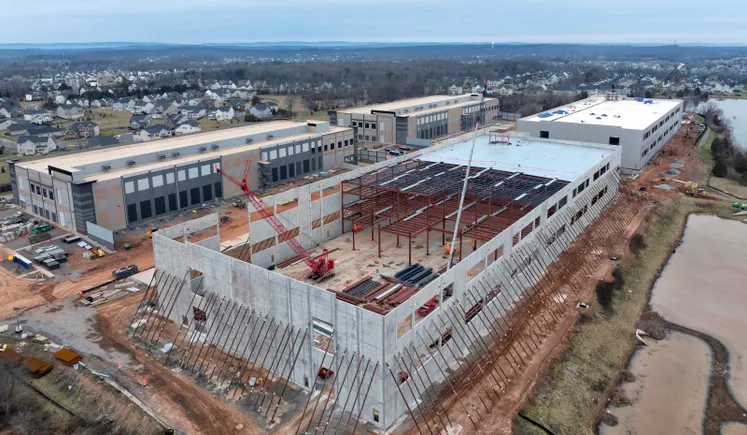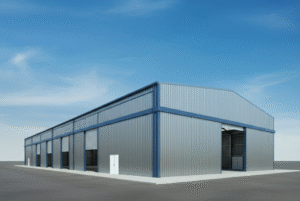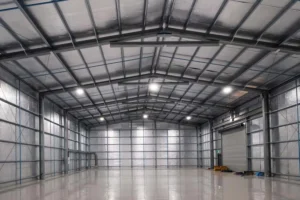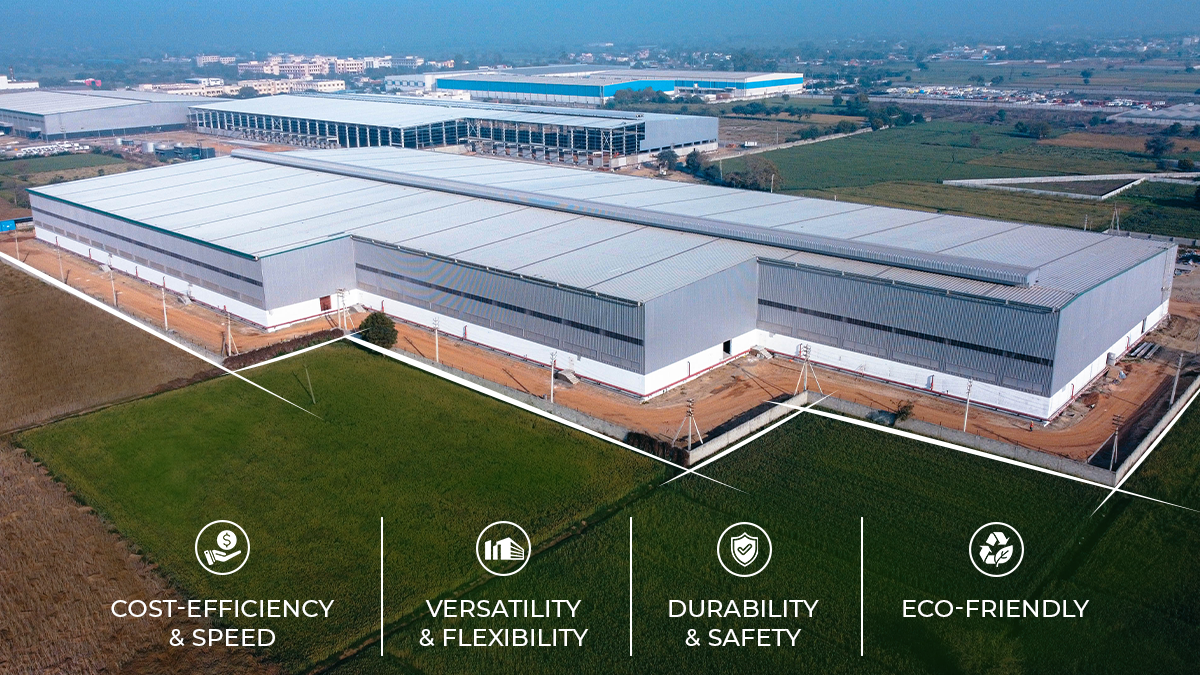
Contractors say data center demand still growing, despite bubble fears
[ad_1]
Amid concerns of a data center slowdown or even a bubble, contractors on the ground are still buried in early-stage activity and navigating more project complexity than ever.
Investment has poured into creating new massive data centers in 2025. The sector accounted for more than 70% of the increase in private nonresidential construction spending between March 2024 and March 2025. Meanwhile, planning on these projects has largely bolstered overall construction planning this year, according to Dodge Construction Network.
But a recent pullback from some major tech players has raised concerns about whether the sector can continue this momentum.
For example, Microsoft, one of the biggest backers of the data center construction boom, recently paused work on both its $1 billion data center in Ohio and its $3.3 billion campus in Mount Pleasant, Wisconsin, according to The Associated Press. A New York Times article recently posed the question of whether data centers are on the precipice of a bubble.
Yet other tech giants and chipmakers continue to forecast strong demand for data infrastructure despite these signals.
For example, Amazon unveiled plans to invest at least $20 billion on two data center facilities in Pennsylvania as recently as June 9. That kind of investment reflects broader momentum across the sector, said John Arcello, advanced technology core market co-leader at DPR, a Redwood City, California-based general contractor.
Key factors such as power access, land availability and speed to market, all remain as competitive advantages for regions wooing these builds, added Brett Helm, general manager of the Southwest division at Graycor Construction, an Oakbrook Terrace, Illinois-based general contractor.
“Activity is very high. You see more and more contractors trying to get in the data center business,” said Helm. “It’s still very, very viable.”
That sentiment holds across both major hubs and emerging data center markets, said Ike Keene, vice president of commercial at Caddell Construction, a Montgomery, Alabama-based general contractor. Primary hubs include northern Virginia, Atlanta, Chicago and Phoenix, according to a recent data center report from CBRE, a Dallas-based commercial real estate services firm.
“Our data center clients are continuing to move forward with new work,” said Keene. “We have witnessed a steady growth mode in the data center hub locations, but are also seeing an uptick of new work in the secondary markets.”
New entrants
While experienced owners continue to build aggressively, a wave of new clients entering the space is changing early-stage work, said Chris Teddy, national director of mission critical at Kansas City, Missouri-based JE Dunn Construction. This influx has recently jammed preconstruction pipelines and placed further pressure on contractors, he added.
“Preconstruction is more bogged down than we’ve seen in a long time, as new players work to get a pulse on the market to understand what it truly takes,” said Teddy. “As they move further upstream, it’s created added strain on our preconstruction team as they try to help these newcomers understand how to tackle the market.”
However, even with this strain, activity continues to boom.
Teddy said power constraints are pushing developers into new geographic markets and prompting innovative infrastructure solutions, such as onsite generation or dedicated substations.
“The data center market continues to gain momentum, showing no signs of slowing down as demand reaches an all-time high,” said Teddy. “The pace of development is only accelerating.”
Meeting resistance
Other builders echoed that optimism, but pointed to a growing list of headwinds.
For instance, long equipment lead times, power access issues and labor shortages are forcing more strategic planning across the board, said Arcello.
“The general sentiment in the data center construction industry right now is cautiously optimistic,” said Arcello. “We’re seeing strong growth driven by the rapid acceleration of AI and the insatiable demand for cloud computing.”
Arcello said clients are now bringing in contractors earlier than ever to help evaluate site conditions, entitlement risks, energy procurement and utility interconnection timelines.
“We’re seeing strong activity in the early planning stages. Preconstruction services and capabilities have become a true differentiator,” said Arcello. “Early engagement is critical to stay on track.”
That aligns with Keene’s experience, who added the need for accurate cost forecasting has grown significantly. That’s especially true as new tariffs add a fresh layer of volatility to material prices, said Keene.
“The newly adopted tariffs have become a new variable in cost control,” said Keene. “We are adapting day by day for accurate current and future pricing structures to aid our clients in forecasting for the future.”
To help stay ahead, contractors are turning to prefabrication more aggressively. On remote sites, Arcello said teams are increasingly building components offsite in labor-rich regions and transporting them to projects. That helps ease skilled trade constraints and minimize rework, he said.
Meanwhile, procurement has become a battleground. Equipment such as transformers, switchgear and uninterruptible power supply systems can now carry lead times that exceed 60 weeks, and prices for copper, aluminum and specialty mechanical gear remain volatile. That’s pushed contractors to lock in packages earlier, said Arcello.
Yet, overall, the data center construction market seems only to have gained momentum in 2025, contractors say.
“There’s no question that demand for data center construction is booming,” said Teddy. “With so much activity, remaining diligent on procurement and preconstruction is more important than ever. Getting ahead of supply chain constraints and cost volatility can make all the difference.”
[ad_2]
Source link
Post a Comment
You must be logged in to post a comment.






